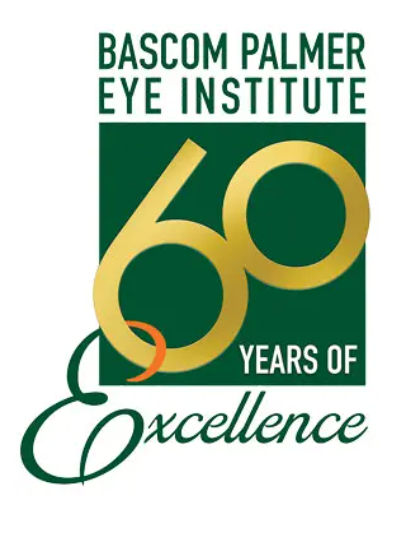Article
Bascom Palmer Eye Institute marks 60-year anniversary
Author(s):
The historic eye institute celebrates six decades of leadership in eye care research, education and clinical practice.

This January, the University of Miami Miller School of Medicine’s Bascom Palmer Eye Institute, in Miami, Florida, celebrates the 60th anniversary of the opening of its first research center
The historic location first opened its doors on January 21, 1962. Then chaired by founding director Edward W.D. Norton, MD, Bascom Palmer Eye Institute became the first research center in the southeastern United States dedicated to studying and treating the eye.
Over the past 60 years, Bascom Palmer has continued to strive for excellence in ophthalmic research, education and clinical practice. In 2021, the renowned Eye Institute was ranked as the best in ophthalmology by U.S. News & World Report, which is an honor they have earned 20 times in the 32 years since the publication began running annual “Best Hospitals” rankings. The 2021 No. 1 ranking was Bascom Palmer’s 18th consecutive year receiving this designation.
“Our goal is to deliver the best possible vision care to patients throughout our diverse South Florida community and around the world,” said Eduardo C. Alfonso, MD, director, the Kathleen and Stanley J. Glaser Chair in Ophthalmology.
“I am very proud of our team’s deep commitment to patient care and passion for excellence in every aspect of our operations,” said Dr. Alfonso. “We are planning to celebrate our 60th anniversary this spring when the current COVID surge will hopefully be resolved, as we look back on our history and forward to our future.”
A storied history of ophthalmic innovation
From the very beginning, founding director Dr. Norton attracted clinicians and researchers to Bascom Palmer with the promise of innovation, compassionate care and enthusiasm for ophthalmology. Soon, the institute became known for their ophthalmic advances.

In 1970, Donald Gass, MD, discovered the fluorescein angiography procedure, which is now a world standard for diagnosis and treatment of retinal disorders.
Also in 1970, Robert Machemer, MD, piloted the first pars plana vitrectomy. Before this time, the vitreous body was avoided due to the risk of causing a retinal detachment; now, the pars plana vitrectomy is one of the most frequently performed procedures in ophthalmology. The microsurgical tools used were also developed at Bascom Palmer for this procedure specifically.
John T. Flynn, MD, a former faculty member at the Bascom Palmer Eye Institute, dedicated his career to researching retinopathy of prematurity, a condition afflicting premature infants that causes blindness. Through his research, Dr. Flynn discovered the appropriate amount of oxygen in incubators to preserve the retina and vision of premature infants, which has saved sight across the globe.
More recently, Paul F. Palmberg, MD, redefined glaucoma treatment by determining the proper target pressure in the eye, and Philip Rosenfeld, MD, developed a treatment for wet age-related macular degeneration (AMD) using Avastin (bevacizumab, Genentech), an FDA-approved drug for the treatment of colorectal cancer.
Bascom Palmer continues this tradition of excellence by leading the charge in development of new surgical procedures. They have partnered with the Institute’s bioengineering team, led by Jean-Marie Paren, PhD, and together, they have invented or improved over 350 ophthalmic instruments.
Today, the researchers are developing advanced digital applications, such as artificial intelligence and machine learning, to improve clinical care. In the laboratories, scientists are researching gene therapy, stem cells and biomechanical devices.
“Our scientists and clinicians are using large-scale clinical databases, 3D imaging technologies, and sophisticated medical therapies to benefit our patients,” Dr. Alfonso said. “Every day, our researchers collaborate with our colleagues at the Miller School of Medicine, sharing ideas and insights, and launching new laboratory and clinical research initiatives.”
Inside the clinic, Bascom Palmer ophthalmologists strive to offer the best possible care for their patients. In the face of the COVID-19 pandemic, they have deployed telehealth services and hybrid visits, which allow patients to receive virtual vision evaluations, consultations and follow-up care. Additionally, the Institute’s Global Center for Ophthalmic Education offers online instruction for vision professionals and students across the world, often utilizing video-equipped mobile robots for virtual Grand Rounds.
Newsletter
Don’t miss out—get Ophthalmology Times updates on the latest clinical advancements and expert interviews, straight to your inbox.





